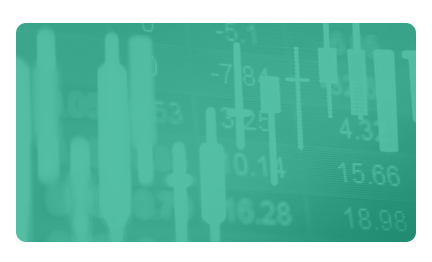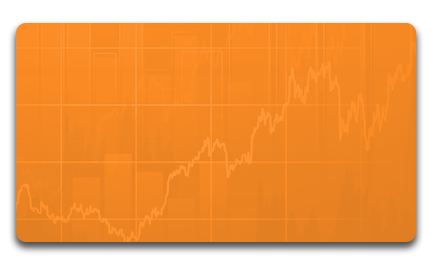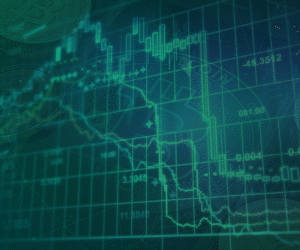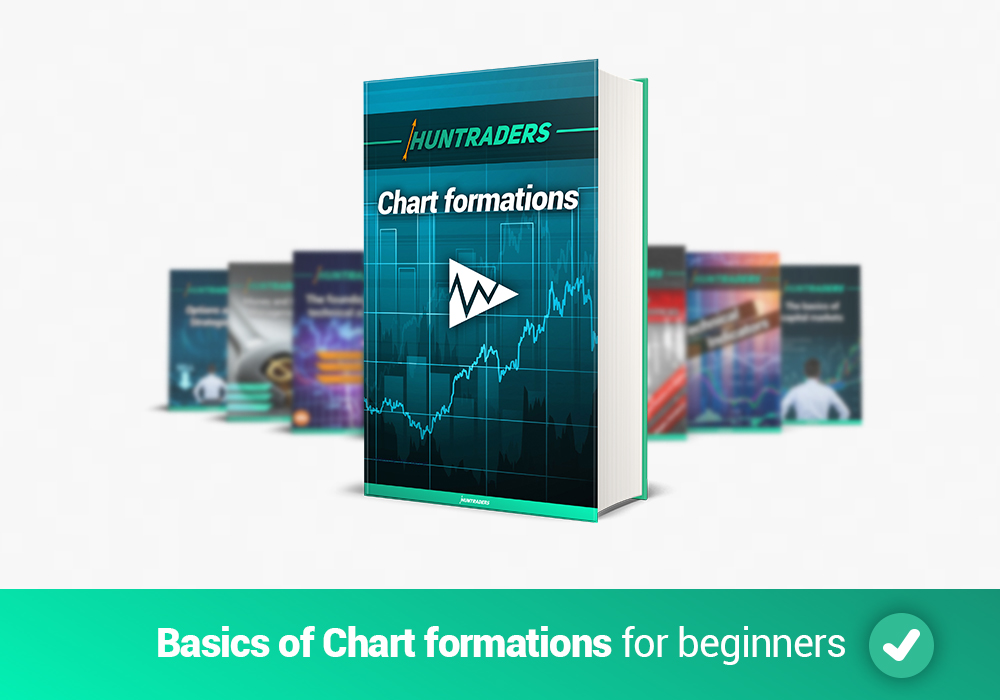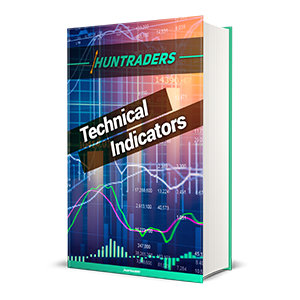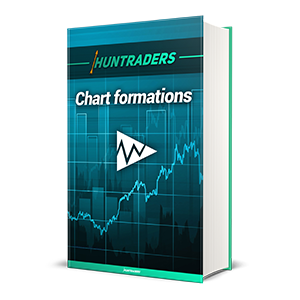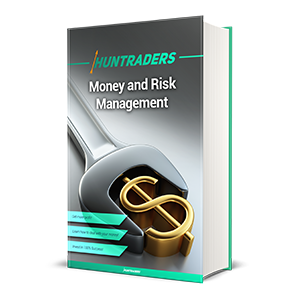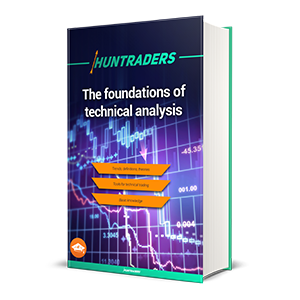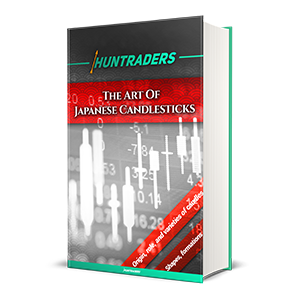Prior trend
The trend on the market before a Head and Shoulders Bottom is inclining. It cannot be a Head and Shoulders if this criterion is not met.
- Role: Reversal
- Expected trend: Bullish
- Previous tren: Bearish
- Reliability: Moderate
- Pattern: Head and Shoulders
Left Shoulder
The first trough in the inclining trend is the left shoulder of the pattern. After the left shoulder, the share price starts to increase. The peak is usually stays below the inclining trendline, so the trend is not broken.
Head
After the Left Shoulder, the share price starts decreasing strongly. It forms a wave and its trough is going to be the minimum of the current trend. The trough is the head of the Head and Shoulders formation. After the minimum, the share price increases and breaks the actual trendline.
Right Shoulder
The Head is followed by a strong correction, which forms the maximum point of the right shoulder. This point acts as a resistance. The share price decrease cannot drop below the price level of the head. This higher peak is the right shoulder. The peak of the right shoulder is similar to the left shoulder’s peak. The formation is symmetric, but this is not necessary. It might happen that more shoulders appear or the neckline is skewed.
Neckline
Neckline is drawn by connecting the two peaks. The first point is the end of the left shoulder and the beginning of the head. The second point is the end of the head and the beginning of the right shoulder. Depending on the relative position of the two points, the neckline can be increasing, decreasing or horizontal. The inclination of the neckline determines the power of the pattern: an increasing neckline means a stronger trend reversal than a decreasing trendline.
Volume
Volume is an important factor in the Head and Shoulders pattern. The volume can be measured with indicators (OBV, CMF) or simply with the observation of volume levels.
- The volume is less important in the first half of the pattern. If the trading volume is high during the left shoulder, the trend may break. The dominance of sellers continues until the minimum point of the head.
- The volume increases until the minimum point of the head. The CMF is above 0 or the OBV is increasing. After the head is formed, the right shoulder will have lower trading volume. The pullback is characterised by low volume, but CMF and OBV indicators are strong. The most important momentum is from the head to the minimum of the right shoulder. In this range, the trading volume increases again. The volume is high when the neckline is broken.
Breaking the neckline
The Head and Shoulders pattern is only complete when the share price breaks the neckline. This happens with a large trading volume.
Support from resistance
As soon as the price broke the resistance line, the neckline acts as a support line. Sometimes the price returns to this level which provides opportunity to open long positions.
Target price
After the share price broke the neckline, the next price target is the distance between the head and the neckline put on the breakpoint. The distance should be put on the point vertically. When the neckline is not horizontal, the determination of the distance does not change.



